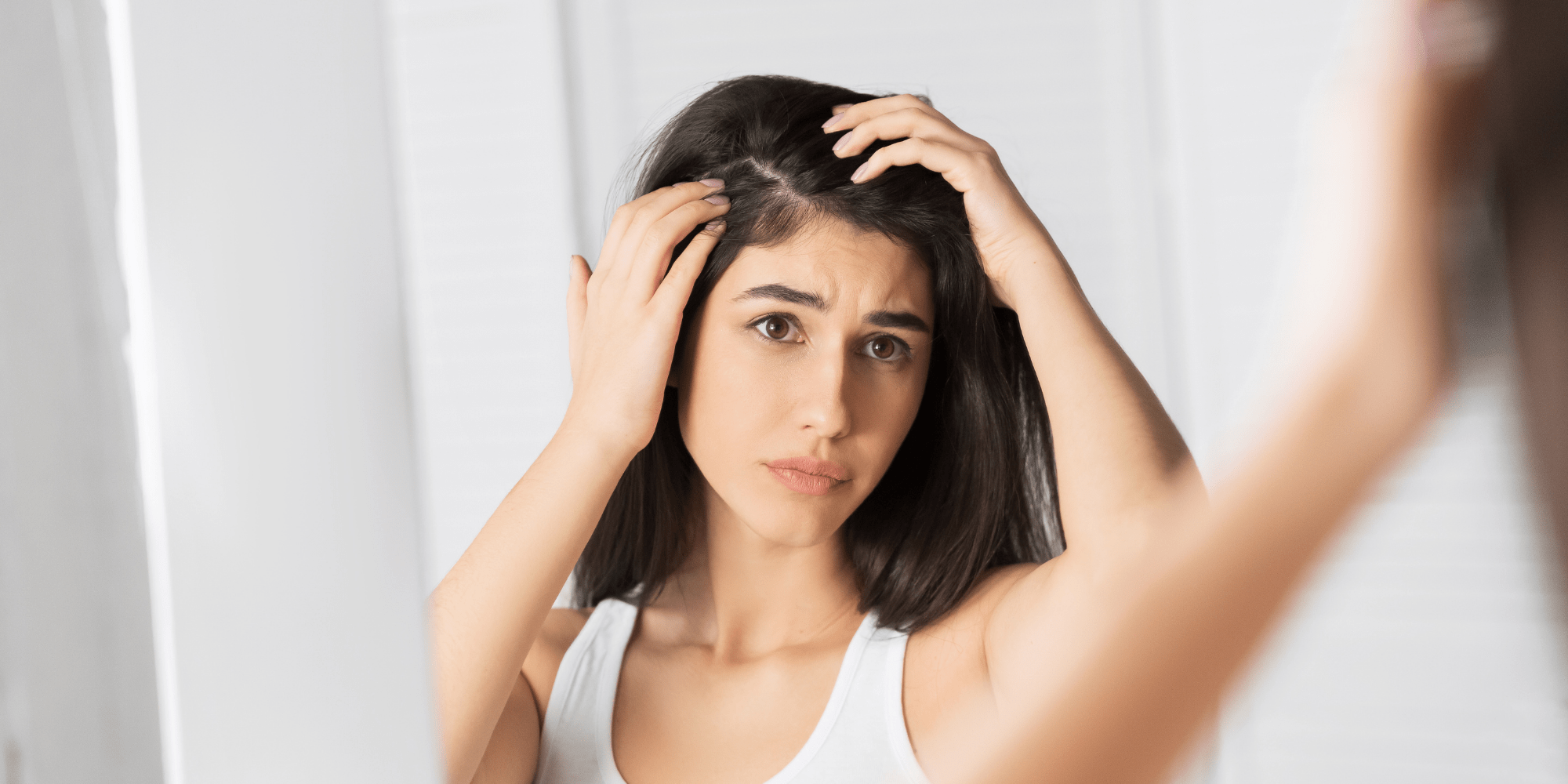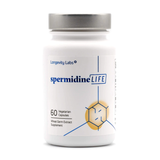
Our hair can take a beating. From weather, stress, poor diet and styling tools, it can all add up over time. But if your hair doesn't look as luscious as it used to, is it possible to repair it?
So before you grab the razor and shave it all off, read on for more information on how to repair your damaged locks.
Can Damaged Hair Be Repaired?
The question on everyone’s mind, is can damaged hair be repaired or are you out of luck? First it’s important to understand more about what damaged hair consists of so you know how to fix it. For a lot of people, damaged hair is more than just some split ends.
Damaged hair develops cracks in the outside layer known as the cuticle. Once that happens and the cuticle is open, your hair is at greater risk for further damage. On the outside it can look dull and frizzy. But it’s also hard to manage and hard to make it look smooth again.
In some cases, it will require a trim to get rid of hair damage. But there are specific steps you can take to restore the outer cuticle for hair to look and feel better.
To start with, figure out what happened. Here are some more common causes to hair damage:
Coloring
Chemical dyes can remove hair’s natural moisture, making it coarser. And if you lighten your hair and use bleach that can really damage hair. Bleach reaches the inner part of the strand. This process alone can make hair dry and brittle.
If you still want to dye your hair try these tips:
- Stay within three shades of your natural color. Going darker rather than lighter reduces the risk of damage.
- Extend the amount of time between touch-ups. Try going 8 weeks or longer.
- Use products formulated for color-treated hair.
- Leave it for the professionals. Sometimes it’s best to go to the salon because they know how to minimize damage.
Styling Tools
Heating tools can actually “cook” hair fibers. This can cause the hair cuticle to raise making hair more porous and more prone to damage.
If you aren’t ready to air dry and give up the styling tools, try these tips:
- Blow dry from a distance. Also try using a lower temperature.
- Use products formulated for heating tools. These protect the hair and are usually sprayed on before you apply the heat.
Brushing Too Hard
If hair is already damaged, it’s more prone to getting tangled. So make sure you are carefully brushing your hair. Start at the ends and slowly move your way up toward the root. Don’t tug the comb through from the top.
Can You Repair Damaged Hair At Home?
Before you head straight to your stylist, there are a lot of home remedies you can use for damaged hair. Part of staying healthy is taking care of yourself and that goes for your hair too. So start with your diet and make sure you are eating a well-balanced diet full of healthy, whole foods. Include plenty of fruits and vegetables as well as protein.
To take it a step further, start by using the right products. Make sure you use products formulated for color-treated hair, or fine hair or whatever hair type you have. Using the wrong products may make your hair clean, but won’t help to prevent further damage.
Here are some other options to consider:
Use Oil
Certain oils like olive, almond, coconut and jojoba can soften and strengthen the hair. You can either create a mask and let it soak into hair before rinsing off or you can use a small amount on wet hair to help rehydrate strands. Another option is to look for products that contain those oils. There are a lot of shampoos and conditioners available on the market with these oils.
Rice Water Rinse
A lot of people have heard of using cold water after washing hair to seal the cuticle, but what about rice water? Instead of dumping that water down the drain, use it on your hair. It contains inositol, which can penetrate damaged hair to repair it from the inside out.
Protect Hair From The Sun
Too much sun exposure can damage hair, leaving it brittle and more prone to breakage. Lighter-colored hairs tend to be more susceptible to sun damage, but everyone is at risk. The best option is to seek shade or wear a hat to protect your tresses.
How Long Does Damaged Hair Take To Repair?
It can vary depending on the extent of the damage and the elasticity of the hair. It’s best to stop whatever is damaging your hair in the first place. Some damaged hair treatments will instantly make hair look better. So start by taking these steps today.
Better Products
Start with using richer products. Many types are formulated for damaged hair and have ingredients (like oils) that can instantly add moisture to the hair making it more manageable.
Hair Treatments
Certain treatments, like protein treatments, are better left to the professionals. This is an investment that may be well worth it. If you leave a protein treatment on for too long, it can have adverse effects on your hair.
Can You Repair Damaged Hair Without Cutting It?
In some cases, it is possible to repair damaged hair without cutting it. But a trim may be necessary. This doesn’t mean you need to chop off all of your locks and end up with a pixie cut. But a trim can get rid of the dead ends and more consistent trims can help hair to grow stronger and healthier.
It’s best to stop whatever is causing the damage to your hair, change up your products and add some deep conditioning for overall healthier hair.
What Is The Best Product For Extremely Damaged Hair?
Hair damage is oftentimes caused by using too many chemicals or too many styling tools. But fortunately for us, there are products available that are made to repair hair damage. Here are some top ones to consider:
Pureology
This line is great for people with color-treated hair. It helps to keep hair color locked in while restoring strength to each strand.
Moroccanoil
Using nourishing shampoos will not just clean hair, but help keep it healthy. The Moroccanoil line is infused with argan oil.
Leave-In Conditioners
Besides just using a conditioner when you wash your hair and deep conditioning weekly, you can also use a leave-in conditioner. These often not just hydrate, but also control flyaways while sealing in the cuticle to prevent future damage.
Supplements Can Help
Using the right kinds of products can work wonders on your hair. But so can making sure you are getting the right kinds of nutrients including vitamins, minerals and supplements. One supplement to consider adding to your routine is spermidine.
Cells are the building blocks of all living things. And we need our cells to function properly for optimal health. Just like hair can get damaged over time, so can our cells. Spermidine helps to activate the body’s natural autophagy process.
This process helps the body to recycle old, dysfunctional cellular components in order for cells to be rejuvenated. This keeps cells healthy and operating efficiently. When our body is healthy on the inside, it shows on the outside.







